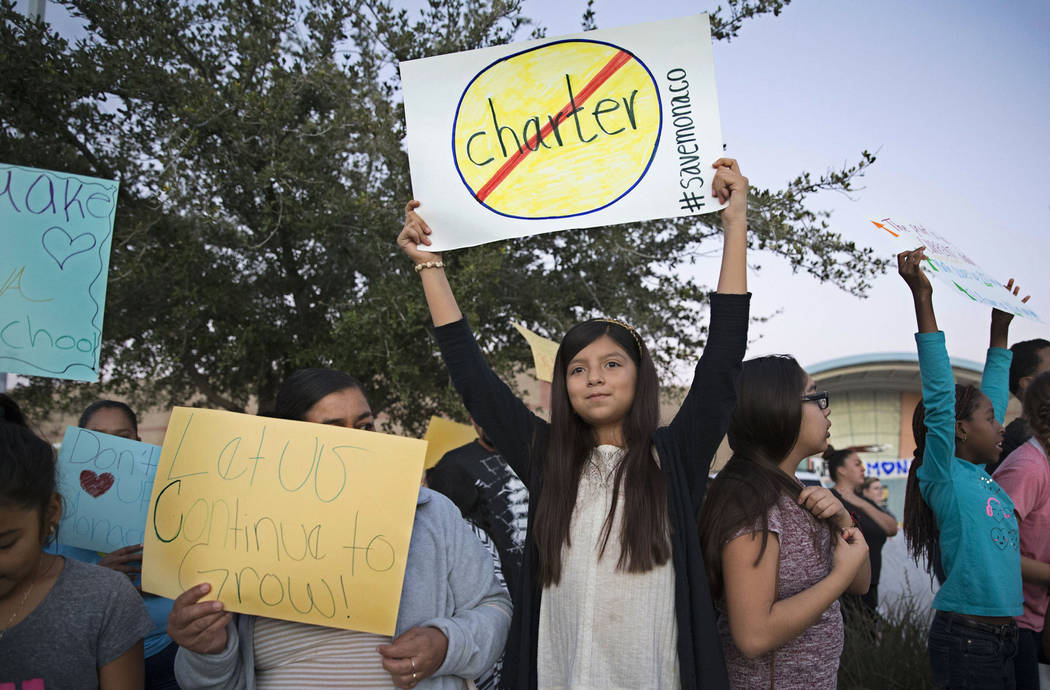EDITORIAL: California teacher union spends millions fighting charters
Teacher unions claim to oppose school choice because they argue it diverts public dollars to private schools. Turns out, they don’t want public dollars going to non-unionized public schools either.
The California Teachers Association has spent more than $4 million lobbying the California Legislature this year alone. It’s the top-spending special-interest group, according to an analysis by the Sacramento Bee. Its top priority is to restrict charter schools. Charter schools are public schools that can be run by companies or nonprofits. In exchange for more flexibility, charter operators can be shut down for poor performance.
One type of charter school model includes longer school days, strict discipline and frequent teacher observations. A 2018 study published in a Princeton University journal found that three years of attendance at one of those schools “produces test-score gains about the size of the black-white test-score gap. The best evidence we have so far suggests that these test-score gains will translate into beneficial effects on outcomes like college-going, teen pregnancy and incarceration.”
That’s worth celebrating and emulating, especially because some inner-city traditional public schools have failed students for decades.
But freeing parents to choose schools that fit the needs of their children has a downside — for the CTA.
Nationally, just 11 percent of charter schools were unionized during the 2016-17 school year. Perhaps these schools are able to achieve better results because they’re unshackled from union contracts. Regardless, CTA is using its significant clout to try to limit California charter schools.
The union wants local school districts to have greater control over charter schools, eliminating the ability of the state to authorize state-benefit charter schools. It also seeks to allow school districts to reject charter school applications if the new campus duplicates an existing program at a traditional public school. Districts could also reject charters by claiming the new schools would have a negative effect on their finances.
The fate of these proposals is uncertain. The California Legislature adjourns in September.
Around 10 percent of California students attend charter schools, which are primarily clustered in poorer, urban areas. That means fewer union members for the CTA. School districts don’t like charter schools either, because students who flee take per-pupil money with them. It’s why the Clark County School District created a $117,000-a-year position last year to try to convince families not to choose charter schools.
Education is supposed to be about doing what’s best for the children. The CTA is spending millions of dollars showing that it cares more about the adults — as long as they’re union members.





























